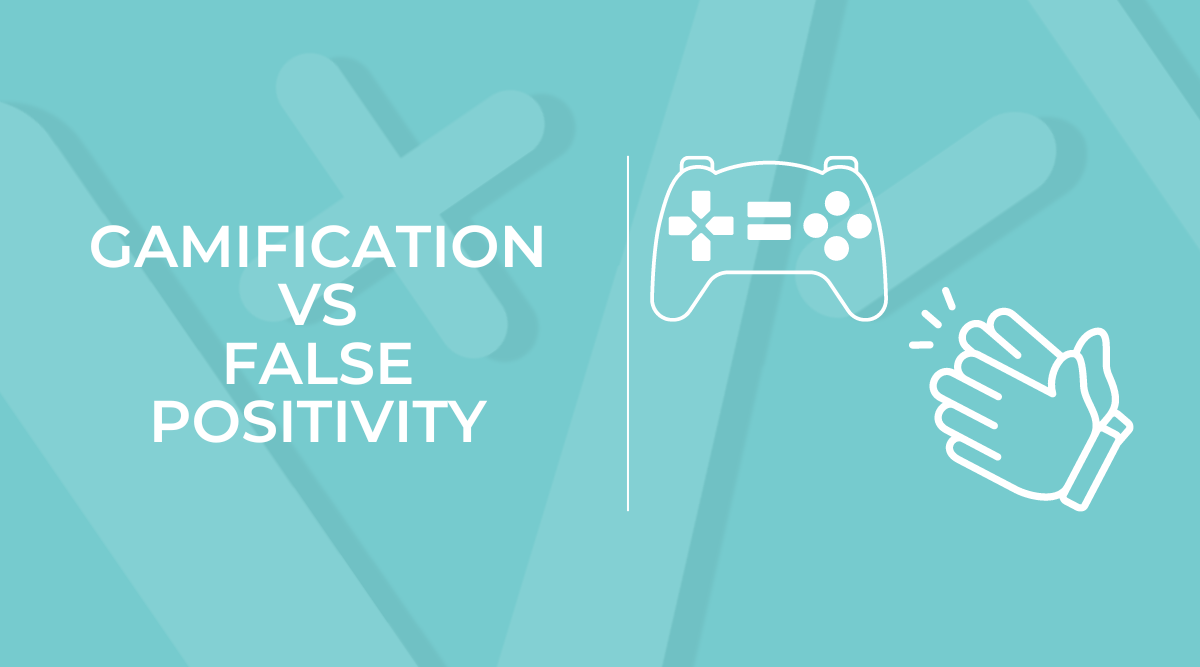Mental health and how it affects work performance have been highlighted over the past two years as we all struggled to find our equilibrium during the pandemic. More recently, companies have been increasingly motivated to create a positive culture, as employees have shown that they would rather walk out than spend their time in a toxic environment. But is there a point when employers can be too positive? Apparently so, according to a recent article in The Atlantic. Many workplaces are so concerned with keeping people happy that they are imposing “forced positivity,” or the exclusive focus on being upbeat and excited about, well, everything. While in general positivity is a good tack to take, ignoring or discouraging employees’ sadness or anxiety can actually have a detrimental effect due to the pressure to bury feelings that are considered unpleasant. They may even worry that expressing how they really feel will impact the way they are viewed by colleagues and bosses, and thus their ability to advance.
Clearly this is a challenge for leaders, who must walk a fine line between creating a positive culture and acknowledging that even the happiest people will not be so all of the time. In fact, as the article also points out, anger, which is often vilified as counterproductive and toxic, can be used (and is often seen by others) as an expression of personal power and investment in outcomes.
Emotions in the Workplace
Acceptance of normal human emotions in the workplace is only part of the equation; providing appropriate outlets for them is another (i.e. encouraging and acting on honest feedback so people don’t resort to gossiping around the proverbial watercooler). The real trailblazers, however, also provide a variety of opportunities to harness those emotions and channel them for both individual benefit and increased productivity. Companies like Google and Apple, for example, have incorporated regular “time-outs” when people can take a step back from whatever they are working on and recharge their batteries through activities such as physical exercise, breathwork, meditation, and even napping. In the most successful cases this goes beyond mere suggestion (we all know of workplaces where the term “lunch hour” is a euphemism for scarfing down whatever food is convenient between meetings) to demonstrated commitment, with physical spaces dedicated solely to the wellness. Some even take it a step further by mandating a company-wide fifteen minutes of silence each day, allowing for an “energetic reset” of sorts.
Gamification and Emotions
Another way to do this is with gamification, which simultaneously provides the brain with a vacation from sensory overload and an opportunity to learn and expand. Playing video games has been shown to literally grow the prefrontal cortex, right hippocampus and cerebellum, which in turn affects not only motor function but mental acuity, memory, and attention span. This is why gaming has been such an integral component of online learning platforms. Disappointment or frustration about a missed goal becomes motivation to try again in the next hour or day. Feelings of isolation or resentment are transformed into healthy competition, with each person striving to achieve their personal best and receive the accolades that go with it, while at the same time feeling more engaged with others who share their goals.
Mindfulness as a Tool
Perhaps even more fascinating is research exploring gamification as a mindfulness tool. In fact, one study found that when used appropriately it has the same benefits as meditation. There are countless forms of meditation, some dating back thousands of years, but they all share a common aim: the temporary suspension of the onslaught of thoughts, many of them repetitive and unproductive, that cause stress and imbalance. With regular practice, the meditator finds they can escape the thought loops of the past or future and are able to live more fully in the present moment. Sounds great, right? Ask anyone who has tried meditating and they will tell you how difficult this is, especially when numerous obligations on the home and work fronts are competing for our attention. As a result, mindful experts have expanded the definition of mediation from sitting silently in a cross-legged position to partaking in activities like gardening, sports, and anything else we enjoy. In the same way, gaming shifts our focus to the immediate task at hand (i.e. beating our own score or those of our opponents to achieve some sort of reward), while intrusive thoughts about whether we paid the electric bill or are on track to meet a work deadline fall away. When the game is over, we return to the “real world,” refreshed and more likely to tackle challenges from a healthier perspective, which always leads to better outcomes.
World events, while stressful, have ignited an overdue revolution not only in the way we approach our work but how we contextualize it in our lives. As a result, organizations have had to get really creative about providing tools that promote wellbeing and productivity in an organic way. For many, gamification is a winner on both counts, with a perfect combination of stimulation and meditation that increases investment in the mission and each other while also honoring healthy boundaries.



